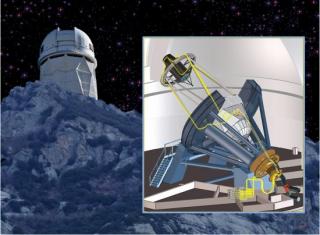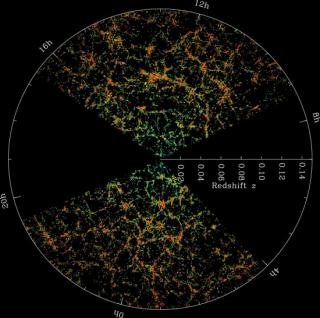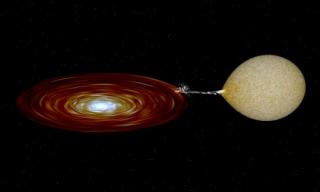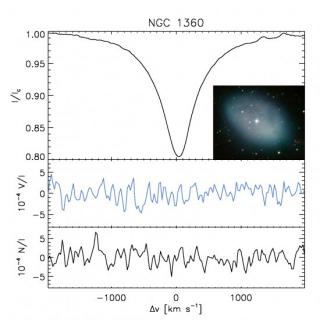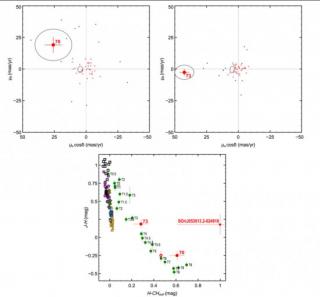A large fraction of planetary nebulae (about 80%) are bipolar or elliptical rather than spherically symmetric. Modern theories invoke magnetic fields, among other causes, to explain the rich variety of aspherical components observed in planetary nebulae (PNe), as ejected matter is trapped along magnetic field lines. But, until recently, this idea was mostly a theoretical claim. But in 2005, Jordan et al. report the detection of kG magnetic fields in the central star of two non-spherical PNe, namely NGC1360 and LSS1362. They observed the circular polarization spectra of these stars with the
